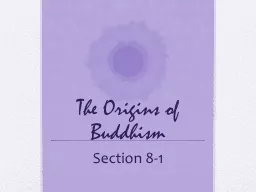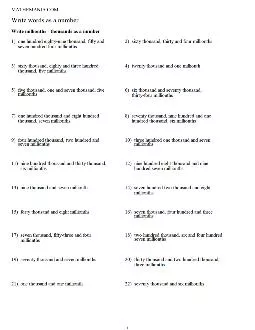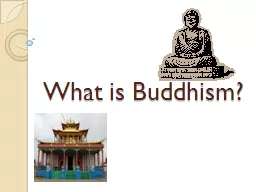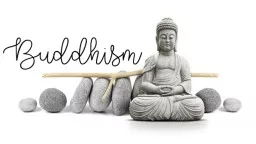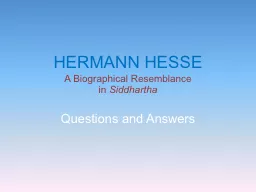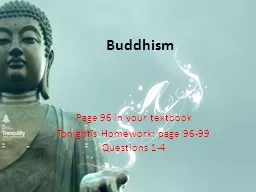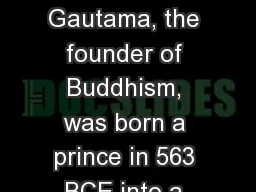PPT-1. What happened to Siddhartha Gautama when he was twenty-nine years old, and why was
Author : myesha-ticknor | Published Date : 2018-09-30
He saw that sickness and death awaited us all Developed the belief in reincarnation 1 BUDDHISM 2 What truth did Siddhartha Gautama learn from his meditation and
Presentation Embed Code
Download Presentation
Download Presentation The PPT/PDF document "1. What happened to Siddhartha Gautama..." is the property of its rightful owner. Permission is granted to download and print the materials on this website for personal, non-commercial use only, and to display it on your personal computer provided you do not modify the materials and that you retain all copyright notices contained in the materials. By downloading content from our website, you accept the terms of this agreement.
1. What happened to Siddhartha Gautama when he was twenty-nine years old, and why was: Transcript
Download Rules Of Document
"1. What happened to Siddhartha Gautama when he was twenty-nine years old, and why was"The content belongs to its owner. You may download and print it for personal use, without modification, and keep all copyright notices. By downloading, you agree to these terms.
Related Documents


